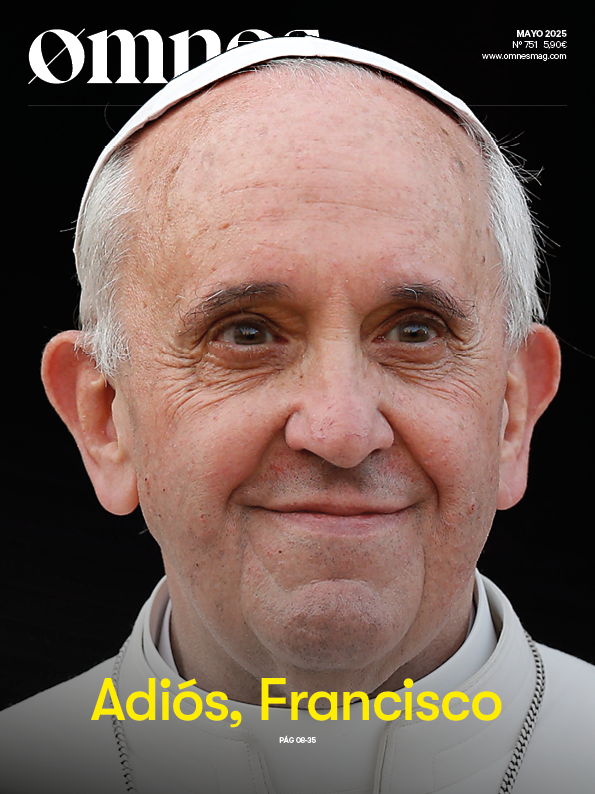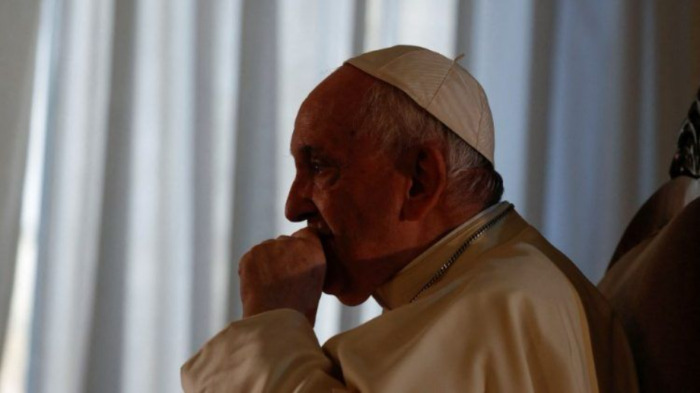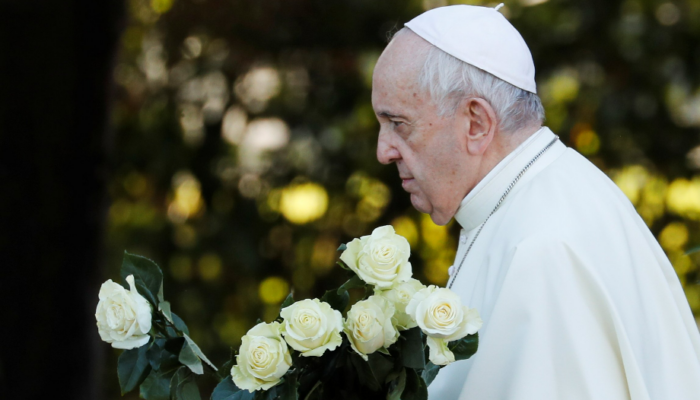By Cindy Wooden, OSV.
St. John Paul II had the Domus Sanctae Marthae built primarily to house the cardinals in simple comfort during a conclave.
Pope Francis, who stayed there during the conclave that elected him in 2013, decided to live there permanently instead of taking up residence in the papal apartments of the Apostolic Palace.
That decision, in addition to exceeding the limit of 120 cardinals under the age of 80, means that the Vatican is once again in the position of having to find places where cardinals can sleep during a conclave.
When they are not in the Sistine Chapel, sitting under Michelangelo's frescoes to vote for the next pope, cardinal electors need a place to rest, chat and eat.
Cardinal electors are those under 80 years of age, according to the rules established by St. Paul VI, who also set the limit of 120 cardinal electors simultaneously. St. John Paul II regularly exceeded that number, but always specified that he did so temporarily and did not modify the limit.
After the consistories of 2001 and 2003, St. John Paul II temporarily had 135 electors in the College of Cardinals. However, after the creation of cardinals in December, Pope Francis raised the number to 141. Between birthdays and deaths, the number of electors was reduced to 135 by April 21, the date of Pope Francis' death.
The Domus Sanctae Marthae is a five-story residence that was completed in 1996, specifically to hold a conclave. Previously, cardinals slept on cots in small, stuffy rooms next to the Sistine Chapel.
Before Pope Francis decided to live there, it housed a handful of full-time residents, as well as clergy and lay guests attending Vatican conferences and events.
As in the past, for the conclave, most of its 131 rooms will be vacated and the cardinals will be installed in them.
The exception is the block of rooms used by Pope Francis and sealed off after his death. The papal part of the building occupies about half of what in Europe would be called the second floor and in the United States the third floor. The sealed rooms include: two suites used by Pope Francis; one for each of his two secretaries; one for security personnel; and one that was used as the secretaries' office. In addition, there is a small chapel at the end of the hallway.
That leaves about 125 rooms for 133 people, as Matteo Bruni, director of the Vatican press office , said two of the 135 eligible cardinals are too ill to attend the conclave.
A College of Cardinals official told Catholic News Service in January that the cardinals would also use empty apartments in the building next door, the "vecchio" or "old" Santa Marta.
Even when there are enough rooms for everyone, the very formal rules for a conclave dictate that the cardinals must draw lots for the rooms.
While the building offers relative comfort, it is not a luxury hotel. It has 105 two-room suites and 26 single rooms. Each room has a bed, chest of drawers, bedside table, coat rack and private bathroom with shower. The suites also have a sitting area with a desk, three chairs, a closet and a large closet.
The Domus, popularly known as "Santa Marta," is located within the Vatican walls and its upper floors are visible from Rome's apartment buildings. For the 2005 conclave, the window blinds were closed so that no one could see in. Of course, that also meant that the cardinals could not see out.
Most cardinals will make short bus rides to the Sistine Chapel for their twice-daily voting sessions, although during the 2005 and 2013 conclaves, some cardinals insisted on walking, under the protective gaze of Vatican security, behind St. Peter's Basilica and into the chapel.
The building will be inaccessible to unauthorized persons during the conclave, but personnel will be needed for cooking and cleaning. U.S. Cardinal Kevin J. Farrell, the current camarlengo, and three assistant cardinals must verify the suitability of the staff.
Those who passed the verification - sacristans, priests who will be available to hear the confessions of the cardinals, doctors, nurses, elevator operators, technical services personnel, the colonel and major of the Pontifical Swiss Guard, as well as the director of the Vatican City State security services and some of his assistants - will take a formal oath of secrecy on May 5. The penalty for divulging any information about the elections is excommunication.
They must also "promise and swear to refrain from using any audio or video equipment capable of recording anything that occurs during the election period in Vatican City."
All rooms at Santa Marta have telephones, but cardinals are prohibited from using them to call people outside the conclave. Internet connections and the international satellite television system will be disconnected during the conclave.
The building also has a large meeting room, several small rooms and a dining room. On the first floor is the main chapel, the triangular-shaped Chapel of the Holy Spirit, and there are also four private chapels, located at the end of the third and fifth floor corridors of each of the two wings of the building.









